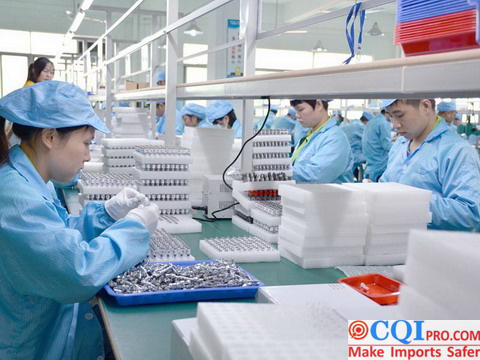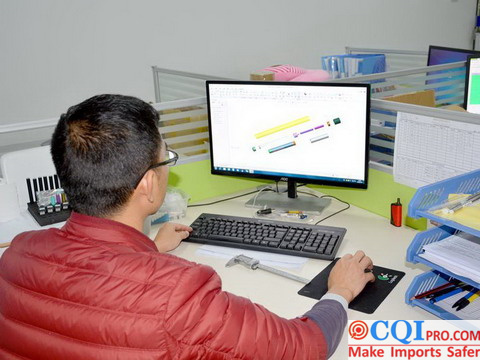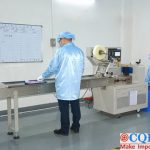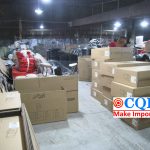Why Lighter Process Inspection is Important in This Industrial ?
Lighters are small fire devices,which is mainly used for fire and smoking, as well as for kitchens and other fires. The main components of the lighter are the ignition mechanism and the air storage box. When the ignition mechanism is working, the spark is emitted to the gas zone to ignite the gas. The ignition mechanism is the most active part of the evolution of the lighter, and it is also a more complex part. According to the characteristics of the ignition mechanism, the lighter can be divided into a variety of magnetic induction lighters, battery lighters and solar lighters. The gas used in lighters is mainly flammable gas. In the early days, gasoline was used. Now, butane, propane and petroleum liquefied gas are used. These substances are pressurized and filled into a gas storage tank. Once released into the air, they are heated and vaporized and rapidly expand, making them easy to ignite. Professional lighter importers can not look down on the lighter, in fact, its production process is not simple, and lighter process inspection further verified this fact.

The Lighter Production Process
Raw Material Preparation – Production of Enclosures and Accessories – Welding – Inflatable Fire Control – Assembly – Commissioning – Packaging
1.Production of various components
The lighter is divided into a casing, a windshield, a fire spring, a surface valve, a filter element, a sponge pad, a fire ring, a flintstone, and ect. The casing is generally divided into plastic and metal, depending on the cost. The flintstone is mainly a ferroniobium alloy. Hard and brittle is its characteristic. Under the friction of the lighter iron wheel, the generated chip has a large specific surface area, so that it can burn and release a large amount of heat when it comes into contacting with the air,which are the sparks when we use the lighter.
The filter element in the part is a professional term in the filtration industry. Its main function is to remove the liquid or a small amount of solid particles in the air to protect the normal operation of the lighter. The production of these parts can not be ignored, one of the size or quality problems will double the impact of the finished product, then lighter process inspection is needed to help, find the root of the problem and solve it in time.
2.Welding
Basically, the factory will use an ultrasonic welding machine to weld the screw sleeve and the bottom cover to the casing. Then, the zinc sleeve, the suction rod, the adjusting sponge and the outlet valve are assembled in the welded casing, and use tool to rotate outlet valve combination to the appropriate position and wait for the next step.
3.Assembly
When charging the gas for the lighter, it requires the worker or the machine to carefully assemble, for example, the windshield, the ignition spring, the valve, the fire ring, etc., and finally adjust the flame to the expected size, so that a lighter will end up perfectly. A professional lighter importer will realize that even if this step is completed, it is only completed by one-third. Only after the lighter process inspection, the quality of the product will come to an end.

A qualified quality and appearance of the lighter also need to go through some special treatment processes, such as surface treatment, including polishing, painting, drawing, plating, etc.; molding process, including welding, casting, pressing and so on. For lighter process inspection,familiarizing with various processing technologies is the premise, so professional inspection knowledge can come in handy, and lighter importers can purchase in China with peace of mind. To know that Xiayi County in Henan Province, China is a production base for lighters, the local government is very supportive of these enterprises, choose Xiayi lighter is the guarantee of quality!。
CQI5 is committed to providing importers worldwide with product quality inspection services that far exceed those of our peers. If you are planning to import or have imported from China or Southeast Asian countries, please contact us cs’@’cqipro.com to learn more about how we can make your imports safer.
This article is an original article for CQI Inspection, who is committed to providing high-quality product inspection technology and know-how sharing for global importers and retailers to make imports safer.
All rights reserved. The contents of this website provided by CQI Inspection may not be reproduced or used without express permission.
For reprint, please contact with CQI Inspection, thank you.





